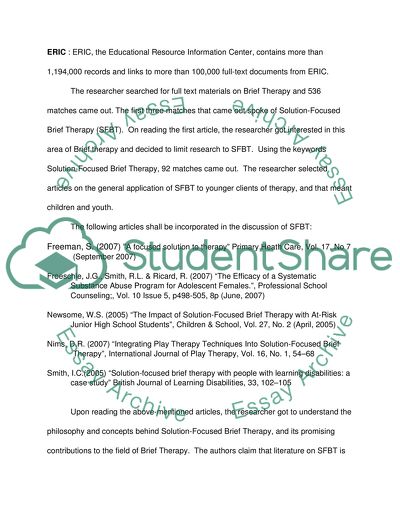Cite this document
(“Final project - brief therapy Essay Example | Topics and Well Written Essays - 2500 words”, n.d.)
Retrieved from https://studentshare.org/miscellaneous/1543938-final-project-brief-therapy
Retrieved from https://studentshare.org/miscellaneous/1543938-final-project-brief-therapy
(Final Project - Brief Therapy Essay Example | Topics and Well Written Essays - 2500 Words)
https://studentshare.org/miscellaneous/1543938-final-project-brief-therapy.
https://studentshare.org/miscellaneous/1543938-final-project-brief-therapy.
“Final Project - Brief Therapy Essay Example | Topics and Well Written Essays - 2500 Words”, n.d. https://studentshare.org/miscellaneous/1543938-final-project-brief-therapy.


